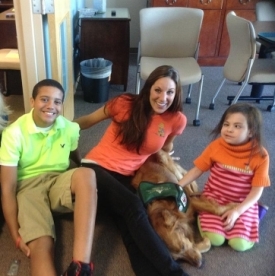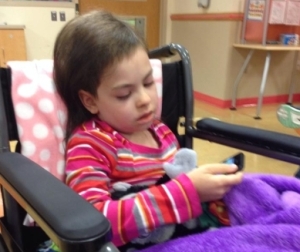Why Focus on Research?
Smashing Walnuts has a mission of action because we want more. More insight. More therapies. More childhoods.
Our efforts focus on funding childhood brain cancer research and clinical trials. Childhood brain cancer and adult brain cancer are NOT THE SAME. The research we support seeks to understand the cellular and molecular biology of childhood brain tumors. That kind of knowledge has led to discovery of new diagnostic and treatment approaches.
Although research has identified 12 major types of childhood cancers and over 200 subtypes, the treatments given to children were developed for adults and are essentially the same ones that existed in the 1970’s. This is unacceptable.
We know research is a long road. Investigations of a sub-set of a single tumor can take 12 months or longer. Lab trials and clinical trials take years, and during each of those years, over 4400 more children are diagnosed with childhood brain cancer in the US alone. But research isn’t starting from scratch. The knowledge gained today builds on all that has come before. Breakthroughs in treating one kind of cancer may have implications for childhood brain cancer. Treatments that show promise in a clinical trial may inspire another researcher to ask, “What if?” We know with certainty that research is the right path that will lead to answers.
The Pace of Progress
Science has proven that cancer treatment is possible. But each of the new medical advancements on this timeline took decades of development and trials, a pace far too slow for children diagnosed today.
Childhood brain cancer research is woefully underfunded and the public remains unaware of the magnitude of this disease. While treatments are commonly focused on drugs, pharmaceutical companies have not funded childhood cancer research, instead focusing on the more profitable adult market. In a Newsweek article published in July of 2015, all existing childhood cancer research was summarized in just three sentences. That’s just not enough research.
Why Childhood Diseases are Different

These cancers are not the same as adult cancers which can often be attributed to environmental or lifestyle factors like smoking, obesity, or exposure to harmful substances. They are specific to children under the age of 19 with some cancers impacting only those under the age of 5. Unlike many adult cancers, there is no early detection model for childhood cancer. In 80 percent of cases, the cancer has spread to other areas before it’s even identified, making treatment that much more difficult. 1
Childhood cancer doesn’t respond to treatment in the same way as adult cancers either. Just as adult cold medicine isn’t right for treating kids; research has shown that childhood cancers require specific treatments. In the absence of those treatments, doctors use adult cancer drugs, many in excess of 40 years old, to treat children.
1 National Cancer Institute
Is this Really Treatment?

